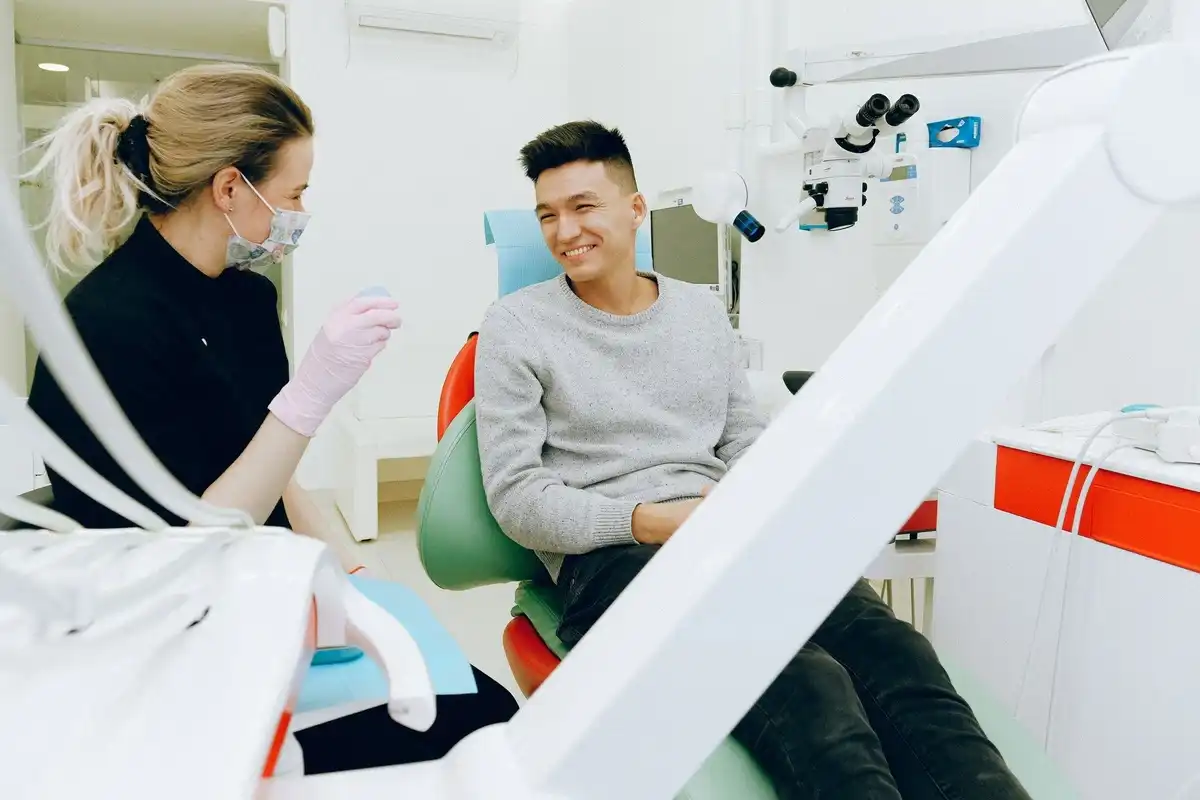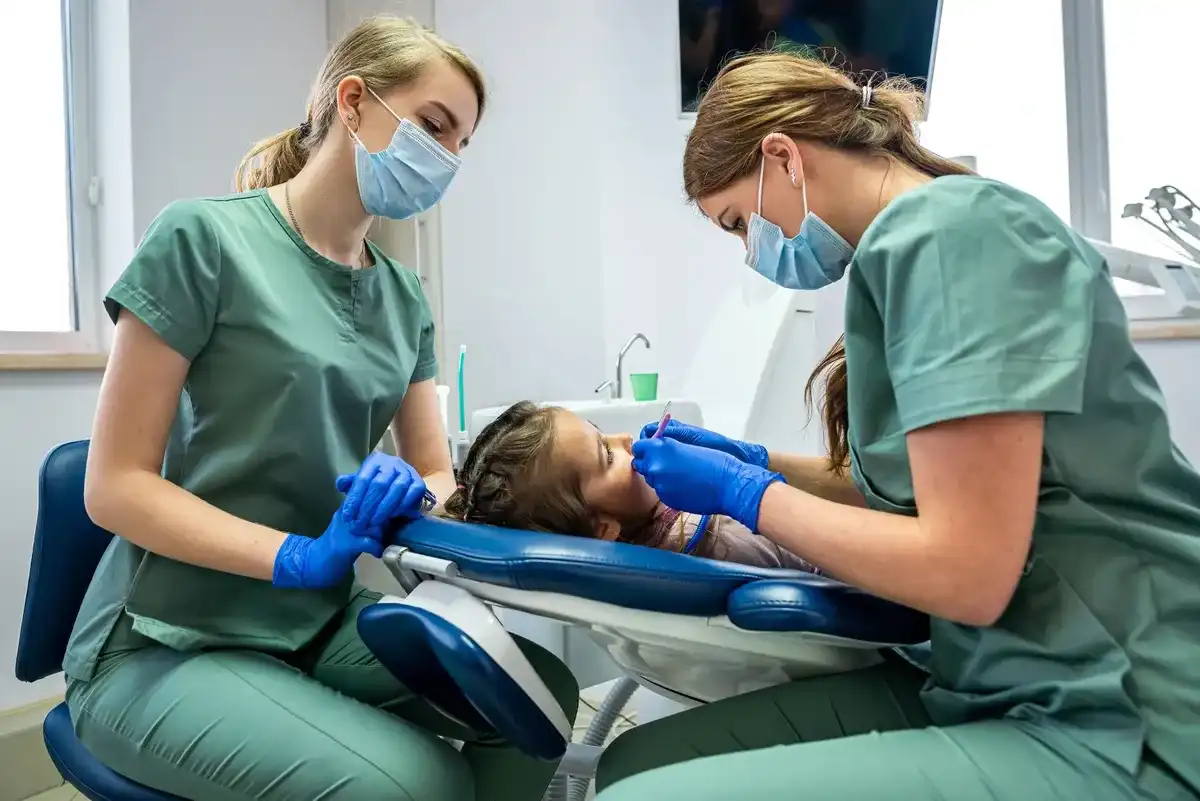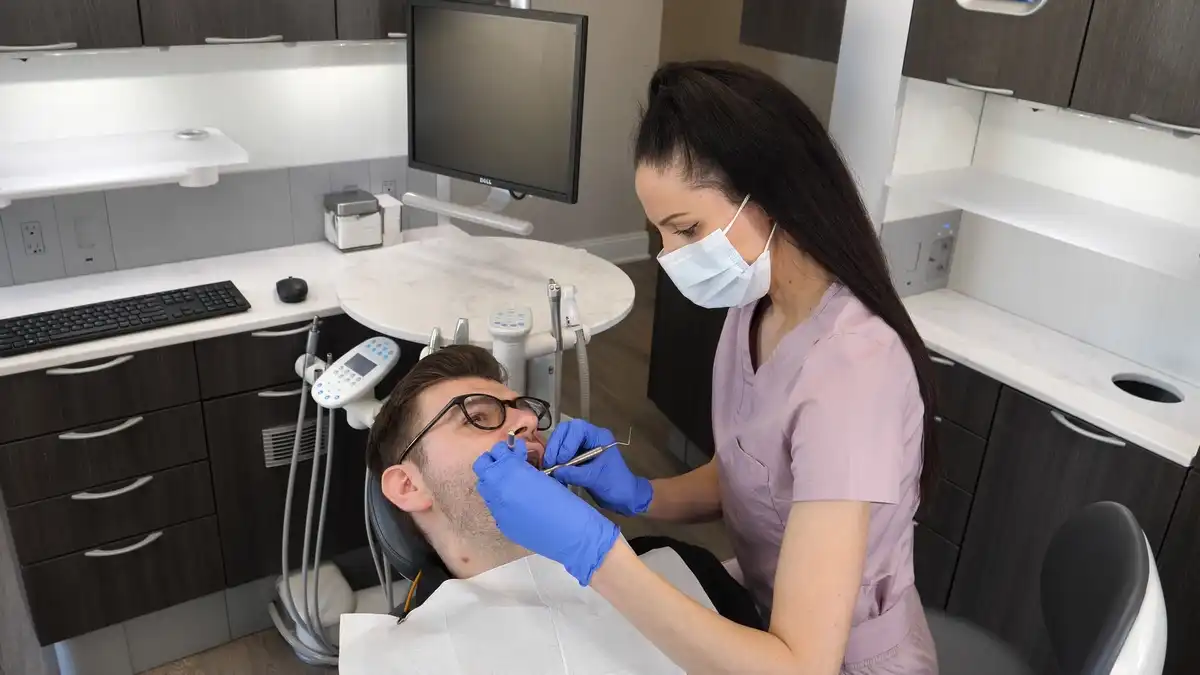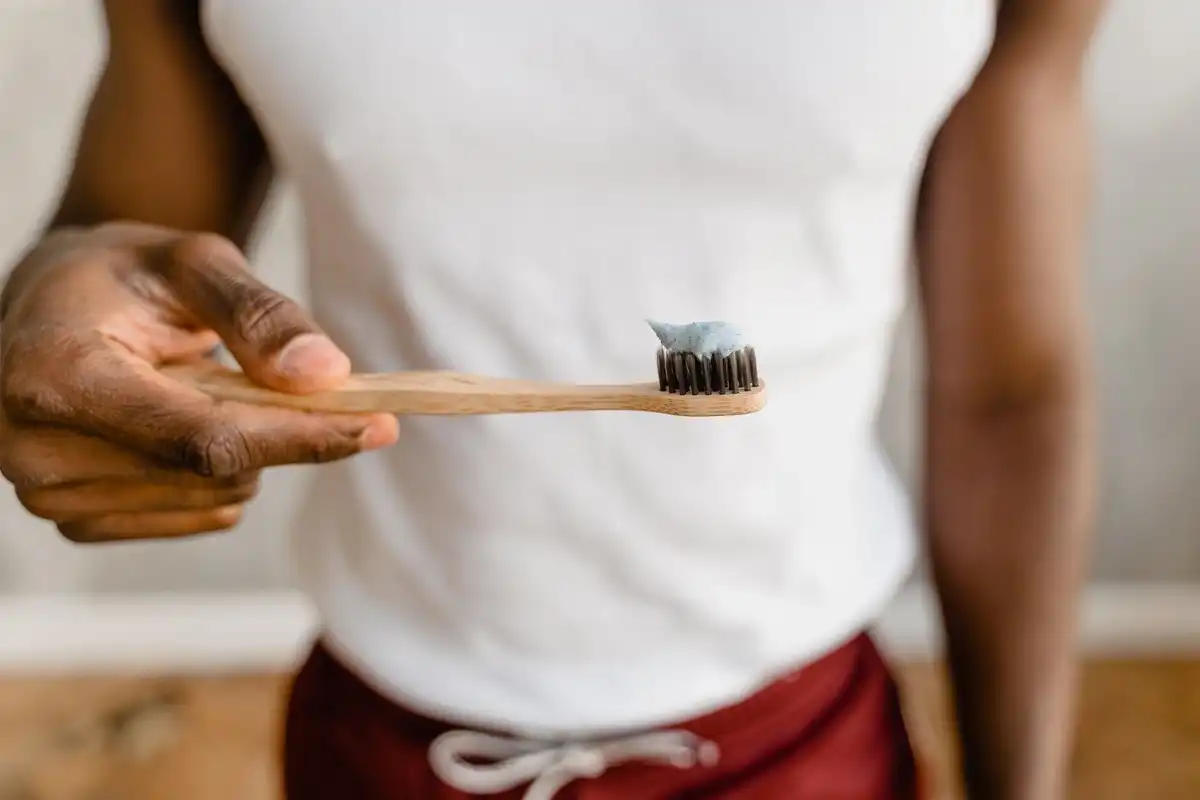"Can you repeat that?" | Tips for Communicating with your Deaf or Hard-of-Hearing Patients


Times like today’s pandemic have placed more challenges on the deaf and hard-of-hearing community by making masks standard in most public places. A trip to the dentist office can be scary for most people. For the deaf and hard-of-hearing community that rely on visual cues and lip-reading for communication it can be even more difficult. As we all know, patient care is our number one priority in the dental office. We want our patients to feel comfortable in the chair and clear communication is a key component to achieving this. The masks that we are required to wear directly affect communication with this community. The masks keep us safe but if you’re someone who doesn’t know American Sign Language, they can cause individuals with hearing loss to shut down. When we feel shut down, we’re unable to feel safe and comfortable. So, how do we plan to keep the dental community safe from COVID-19 but still be able to communicate with our deaf and hard-of-hearing patients?
There are many ways to be considerate to the deaf and hard-of-hearing population by using the following communication methods.
1) Let Them Know You’re HERE For Them!
I don’t mean personally but show how you will accommodate their needs. Get on social media and state how you’re going to keep your team and patients safe while still being able to communicate! Plant it on your website. Send out a newsletter. This way, patients can feel good about coming in to see their dentist and at the same time, will know your office is doing everything they can to make patients comfortable in the dental chair. Another great suggestion is to use digital booking online and/or text messages. Adding these features can greatly benefit patients and show that your office is inclusive.
2) Interpreter
Kindly ask if they need an interpreter ahead of time. The American Disability Act requires you provide an interpreter to a deaf or hard-of-hearing person at no charge. If it’s just a regular dental cleaning, it may not be necessary unless they need treatment that involves a deeper understanding of what it entails. Some patients will bring their friends, family members, or a spouse to help them out as well. Please be open to family members joining them during their appointments. Make sure that everyone understands the patient’s confidentiality rights - so what is discussed in the dental room will stay in the dental room. Also, what is done to care for the patient is their decision and not their family’s decision.
3) Pen And Paper
This can be used for short exchanges. Writing down simple questions, such as “Chief Complaints?” or “Changes in Medical History?” can be very helpful. It’s also a great ice breaker at the start of appointments! You can always start by writing a small joke to get the patient smiling :)
4) Visual Aids
These are great for everyone, not just the deaf and hard-of-hearing! Using non-verbal pictures to show and explain treatments can be extremely helpful and informative. Things like illustrative pamphlets, booklets, and even educational videos work very well as visual aids. If you’re using videos - just make sure the video has a closed caption option!
5) Clear Masks
Currently, the clear mask options are Clear Masks and Safe-n-Clear. These are amazing pieces of personal protective equipment that have a clear window in the mask to enable reading lips. It’s great to have these on hand in case you have a patient that relies simply on facial expressions, lip reading, and/or visual cues. These masks help break down communication barriers and help increase accessibility for different types of patients - NOT just for the deaf and hard-of-hearing. Young children, especially, love seeing their dental professional smiling. Click here to see the YouTube video on one of the masks for reference.
6) Watch Your Body Language
Speak carefully and don’t turn your back on the patient while talking. Talk directly and clear while looking at your patient. If an interpreter is present, do not talk directly to them - always talk directly to your patient. Keep your words simple and brief. Also - do not try not to talk super slow as if you’re trying too hard - it can be viewed as rude. Talk at a normal pace.
7) Use Assistive Technology
A great device to try is SpeakSee and a great app to try is the HearBeHeard app. They are both incredible and can translate in real time! SpeakSee device allows multiple speakers, like a small conference meeting. HearBeHeard app is basically a pocket interpreter. It’s only $10 and it can be used on your phone! The app is currently available on Apple App Store and will soon be coming to Google Play. Both technologies are super convenient and helpful, especially during this trying time.
As for confidentiality, you can use a release form simply stating that you’ve explained what you’re using and why you’re using it - and then the patient can sign and date their consent.
Smile. Even if you must smile with your eyes - having a friendly presence and relationship with your patient is what keeps them coming back to see you. You are their advocate for oral health and being sensitive to their needs and fully accepting them is the goal. In the end, it is our duty to provide accessibility.

Make your inbox smile!
Subscribe




